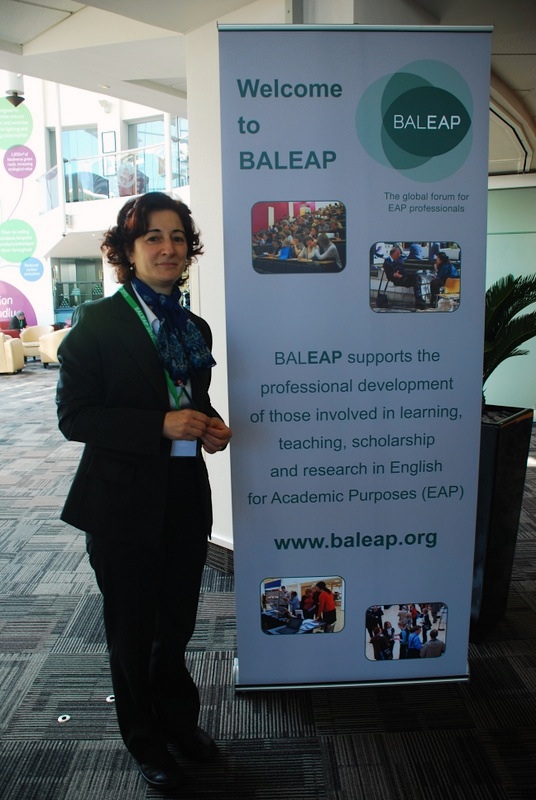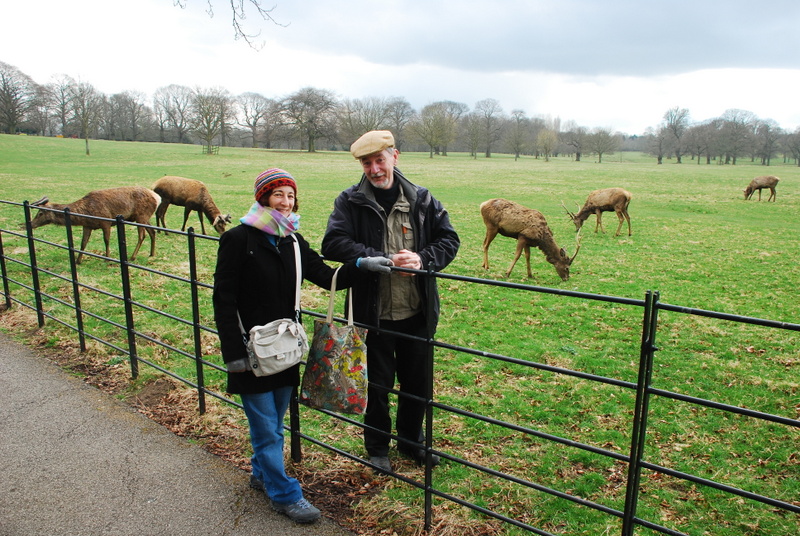 Reyhan Salatacı Ok- Highlights of BALEAP 2013
Reyhan Salatacı Ok- Highlights of BALEAP 2013
The BALEAP Bieannial conference was held in Nottingham this year. I did a presentation on short answer responses and explained what they are and how we teach them. I also summarised the feedback I had collected from both teachers and students. I also attended some interesting sessions. Here are some highlights of the ones I attended.
•Fotini Grammatosi and Nigel Hardwood talked about a case study in which they analysed the way a teacher used a textbook. In their presentation, they divided teachers into three groups:
1.Curriculum transmitters (teachers or institutions requiring teachers to follow the textbooks word by word)
2.Curriculum developers(teachers using the textbook and also creating their own materials)
3.Curriculum makers (teachers who never use the textbook or use it just for inspiration or who select some teaching points)
This got me thinking about which category I would fall under. At the end of their presentation, they emphasized the importance of raising the awareness of novice teachers about the possible problematic and inappropriate areas in textbooks or teaching when or how to be become flexible as far as a textbook is concerned.
•Norbert Schmitt talked about a vocabulary size test (VST) and the variables that affect the test scores. VST, which was developed by Nation, includes 140 vocabulary items and aims to test written and receptive vocabulary knowledge. According to the findings of his research, VST should be revised by adding more test items (to increase range) or by changing the test type (e.g., testing vocabulary through interviewing learners) or by adding a bilingual version of it. Mr Schmitt shares his research findings in his website (www.norbertschmitt.co.uk)
•In another study investigating the relationship of word frequencies, I learned two other techniques to test vocabulary knowledge: dictation and essay writing.
•Kwab Assare and Kate Mansfield from the University of Westminster explained that before the year 2010 many EAP course used generic materials in their courses, which offered some advantages, but caused some concerns as more and more students demanded discipline-specific content. They talked about how they had designed a general EAP course upon request from the Life Sciences Department. They used a genre-based approach to design the course. In order to implement the course, first the texts selected by the staff in Life Sciences were analysed. The purpose was to see the genres students are required to write in their faculties. The next step involved a pedagogic method to teach these genres to students. This approach involved deconstruction of the text (e.g. communicative function, role of the writer, etc), structural analysis, linguistic analysis, theme-rheme for cohesion, and reformulation.
The whole process reminded me of our attempt to create writing tasks that resemble the ones that our students will be doing in their faculties.
•John Slaght from the University of Reading talked about the BALEAP Can-Do Project and explained how they have undertaken a research project to investigate the nature of student competencies. To do this, a group of researchers interviewed lecturers from a range of universities and collated responses. These have been put together into a framework divided into the four skills. Then they further subdivided these skills into categories that reflect the range of competencies that make up each skill (e.g. under writing is the subcategory of dissertation or project work). This project is still going on. I think it would be a good idea to see the whole document and see if a similar framework can be applied in freshman courses.
•There is an international university cooperation to develop a programme of online courses to support students in the effective use of English in their academic studies. It is called ‘epigeum.’ You can check what it is and how we can contribute or benefit from it here in their website: www.epigeum.com



